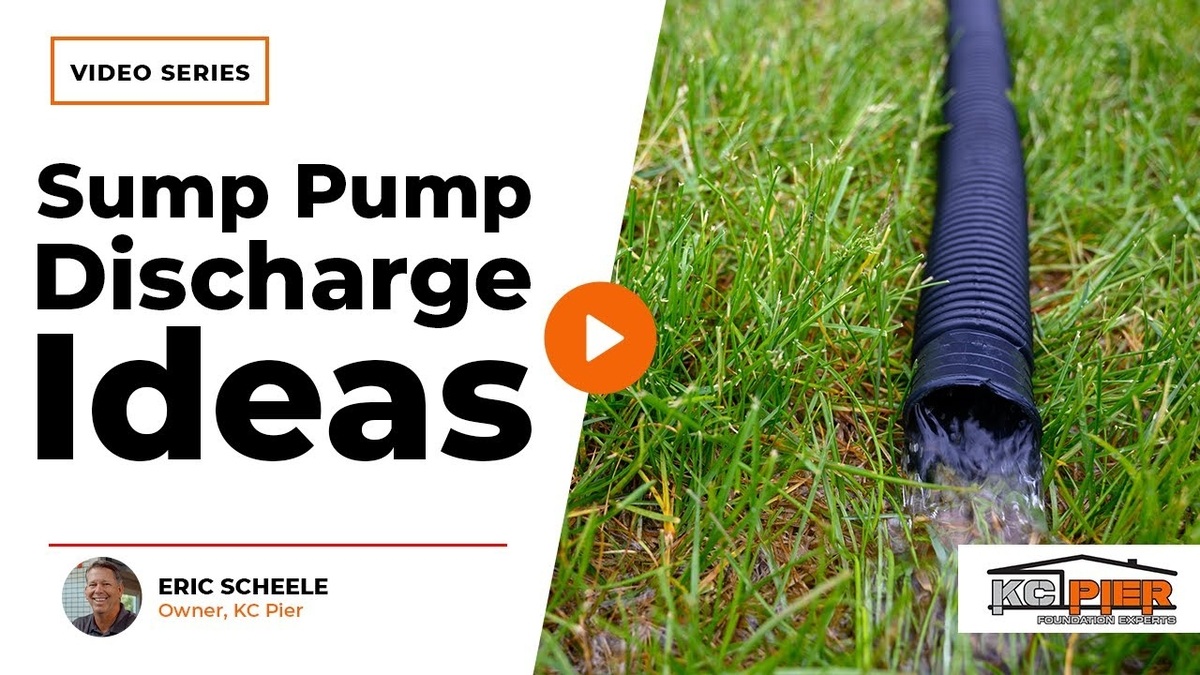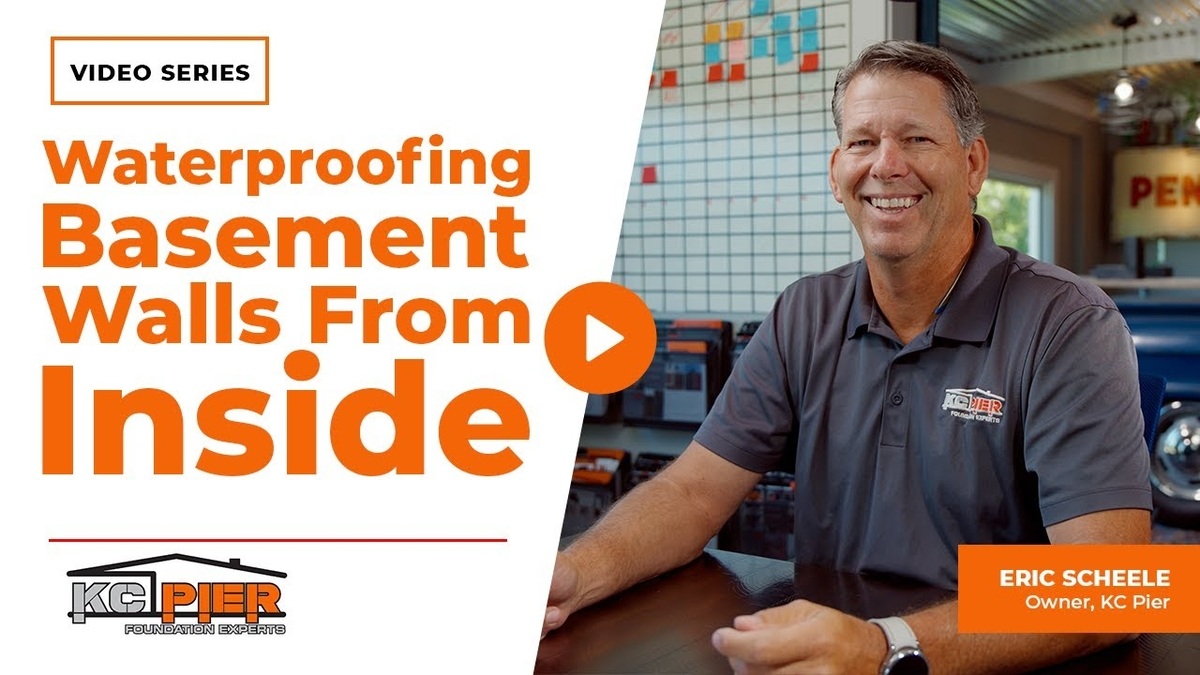Water in your basement is a serious issue. If you see puddles, stains on the walls, or wet carpet due to a water leak, you might need to repair your basement. Acting quickly can help prevent mold, damage, and costly repairs.
Below, we’ll explain how to find the source, what fixes work best, and how to keep your basement dry.
How to Spot the Source of a Basement Leak
What Signs Should I Look For?
Before we can repair a basement water leak, we need to find out where the water is getting in. Even if the basement is dry when we arrive, there are signs that help us track down the problem.
Start by checking the walls and floors closely. Water often leaves clues behind. Look for yellow or brown stains on drywall, damp or faded spots on carpet, or chalky white buildup on the concrete walls. These signs show us where the leak began and help us decide what type of repair is needed.
What Should I Do When I See Water?
Take clear photos as soon as you spot the water. If we can’t arrive the same day, these pictures help us understand the leak. We can see where the water came in, how much there was, and if it affected more than one area.
Pro Tip: Photos taken during the leak help us make a better repair plan.
Need expert help to repair a basement water leak? Contact KC Pier today for a free inspection. We’ll find the problem and give you the best fix to keep your basement dry.
How to Repair Basement Water Leak Issues
What if Water Comes through a Crack?
When water enters through a crack in the foundation wall, it is usually a simple fix. We seal the crack using one of two methods:
- Crack injection with epoxy or polyurethane
- Waterproof membrane applied directly to the wall
These methods stop the leak and are effective for small cracks. They help keep your basement dry during normal rain events.
What if Water is Coming from the Cold Joint?
The cold joint is where the basement wall meets the floor. Water leaks here often mean there is pressure building under the slab. These types of leaks need a more complete solution.
We recommend installing both of the following:
- A sump pump to remove water that collects under the slab
- An interior drain tile system to guide water into the pump
This system keeps water from entering your basement and moves it safely away from your home. It’s long-lasting and comes with a lifetime warranty for peace of mind.
Key Takeaway: Small wall leaks are easy to fix. Floor joint leaks need a full drainage system.
Ways to Prevent Basement Leaks
What can I do to stop leaks?
There are simple things you can do to lower the risk of water getting into your basement:
- Keep gutters clean so rainwater can flow through them without spilling over the edge.
- Add downspout extensions so water drains several feet away from your foundation.
- Check the ground around your home to make sure it slopes away, not toward the house.
These steps help move water away before it has a chance to seep through the basement walls or floor.
Should I check after heavy rain?
Yes. After each storm, take a few minutes to inspect your basement. Look at the walls, the floor, and corners for signs of dampness, leaks, or standing water. Catching the problem early makes it easier and less expensive to fix.
Pro Tip: Check your basement after every storm. Even small leaks can grow.
In Summary
If you need to repair a basement water leak, start by looking for stains, wet spots, or cracks. Small cracks are easy to seal. Bigger leaks, especially from the floor joint, need a full system with a sump pump and drains. A few simple steps, like cleaning gutters and checking your yard slope, can prevent future problems.
Call KC Pier now to schedule your free basement check and protect your home from water damage.






